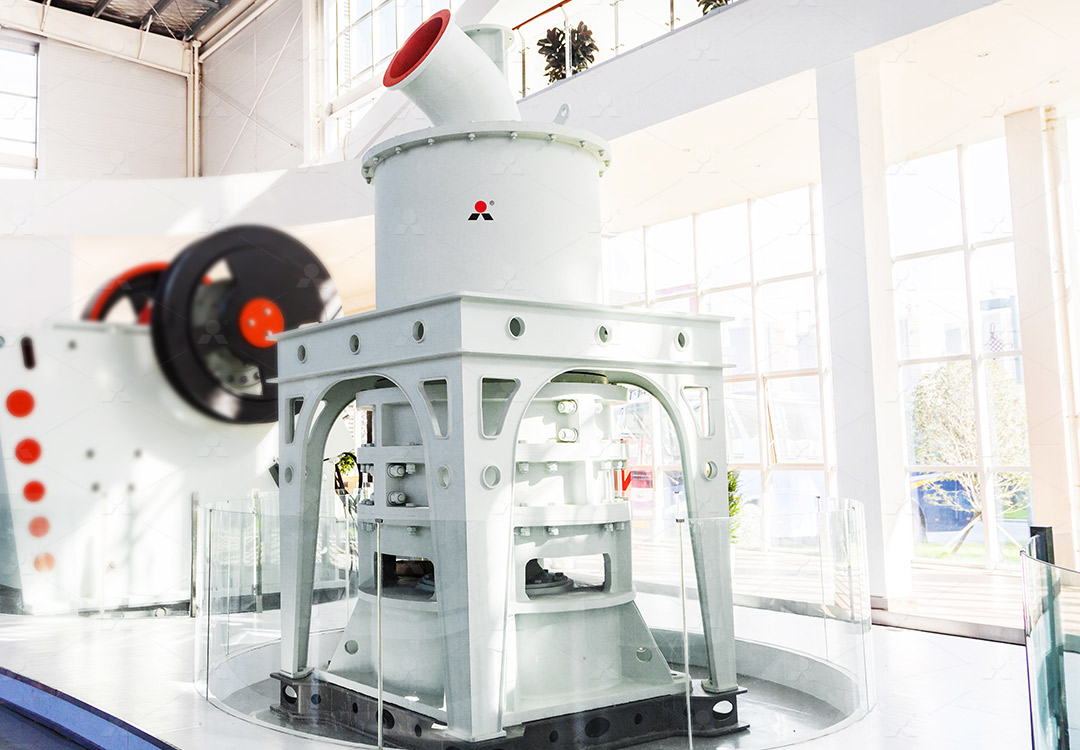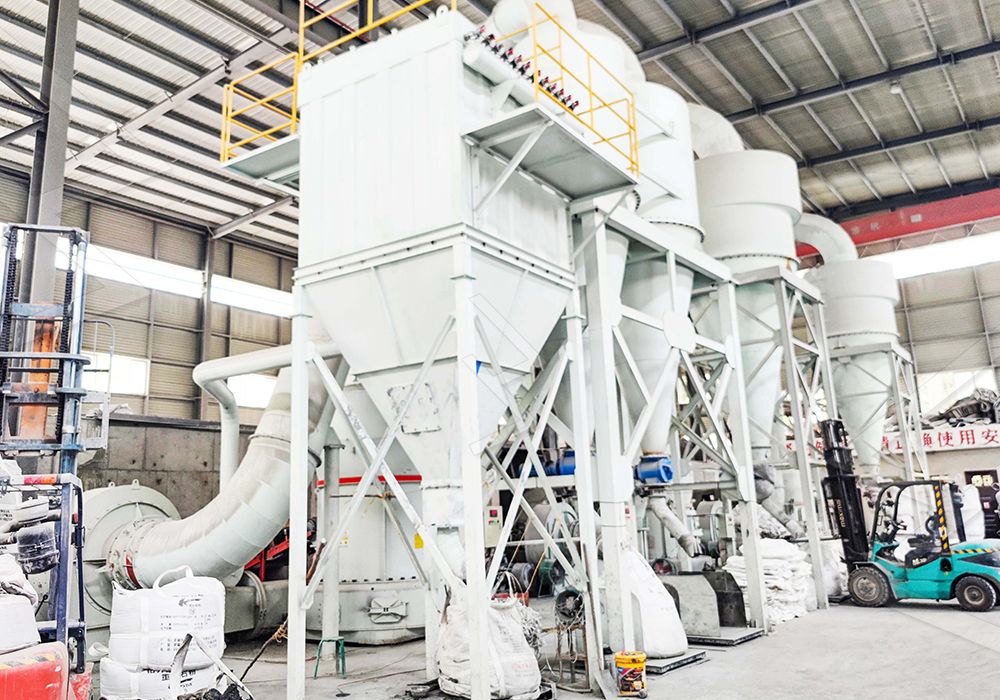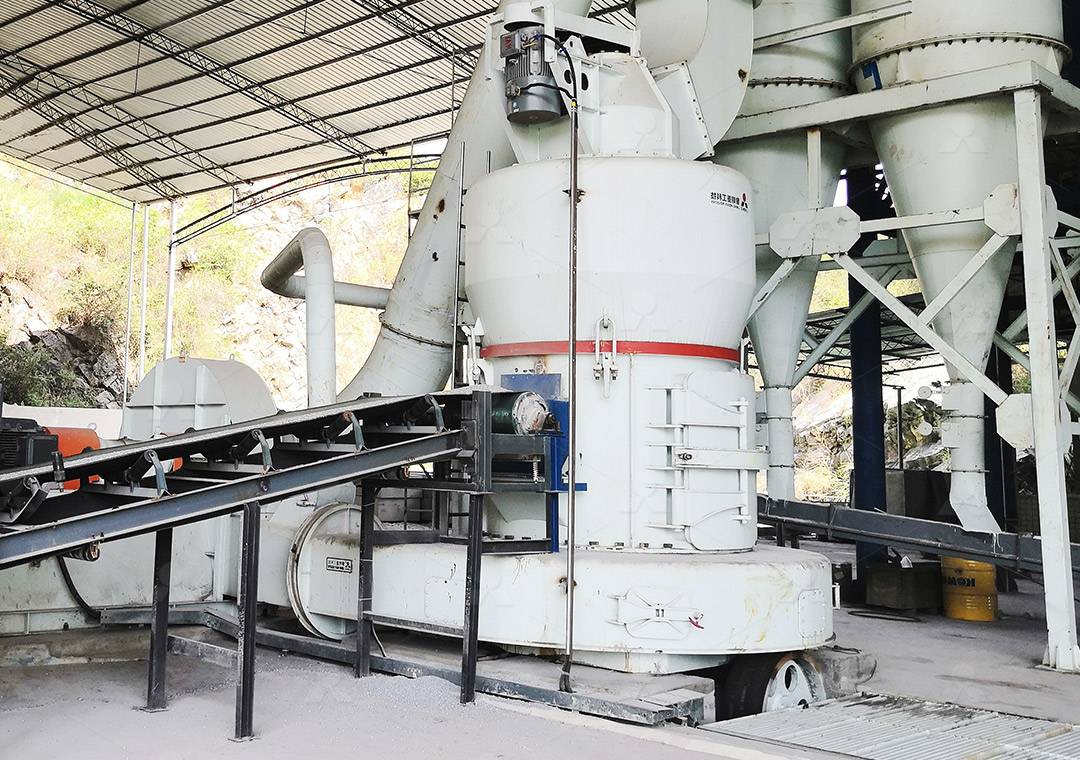Budget for 200 Mesh Quicklime Grinding Mill with 8TPH Output for Cement Additives
Budget Considerations for 200 Mesh Quicklime Grinding Operations
When planning a quicklime grinding operation for cement additives production, achieving consistent 200-mesh fineness with an 8-ton-per-hour output requires careful equipment selection and budget allocation. The choice of grinding mill significantly impacts both capital expenditure and long-term operational costs, making technical evaluation crucial for profitability.

Technical Requirements for Cement Additive Production
Quicklime used as cement additive demands precise particle size distribution to ensure optimal reactivity and performance in the final cement product. The 200-mesh specification (approximately 74 microns) represents the sweet spot where surface area and reactivity balance with grinding efficiency. Operations requiring 8TPH output must consider not just the mill’s capacity but also auxiliary systems including feeding, classification, and dust collection.
For operations targeting this specific application, we strongly recommend considering our MW Ultrafine Grinding Mill. This system’s 0.5-25 TPH capacity range comfortably accommodates your 8TPH requirement while providing operational flexibility. The MW series particularly excels in quicklime applications due to its innovative grinding curve design that enhances efficiency while reducing wear part consumption.
Key Budget Factors Beyond Equipment Purchase
A comprehensive budget must account for several often-overlooked factors:
- Energy Consumption: Grinding operations typically represent 60-70% of a plant’s power usage
- Wear Part Replacement: Regular maintenance of grinding elements and classifiers
- Dust Collection Systems: Essential for meeting environmental regulations
- Installation and Foundation: Structural requirements vary significantly between mill types
- Operational Labor: Automated systems reduce long-term staffing costs

Recommended Solution: MW Ultrafine Grinding Mill
The MW Ultrafine Grinding Mill stands out for quicklime applications due to several budget-friendly features. Its higher yielding capacity at lower energy consumption directly addresses the two largest operational cost centers. Independent testing confirms 40% higher production capacity compared to jet mills and double the output of ball mills with equivalent power input.
The mill’s adjustable fineness between 325-2500 meshes provides operational flexibility, while the German-designed cage-type powder selector ensures precise particle distribution critical for cement additive performance. Particularly valuable for budget-conscious operations is the elimination of rolling bearings and screws in the grinding chamber, dramatically reducing maintenance costs and downtime associated with these failure-prone components.
Alternative Consideration: LUM Ultrafine Vertical Grinding Mill
For operations prioritizing floor space efficiency, the LUM Ultrafine Vertical Grinding Mill presents a compelling alternative. With its 5-18 TPH capacity range and compact vertical design, this mill integrates grinding, classifying, and transporting in a single unit. The LUM series particularly shines in applications requiring consistent product quality, as its unique roller shell and lining plate grinding curve generates stable material layers for uniform output.
The LUM’s double position-limiting technology provides operational stability that reduces unexpected downtime, while the reversible structure simplifies maintenance procedures. For quicklime grinding at 200 mesh, the multi-head powder separating technology enables precise control over product fineness with 30-50% energy reduction compared to conventional mills.

Long-Term Operational Economics
Beyond initial purchase price, savvy operators evaluate total cost of ownership. The MW series’ external lubrication system enables 24-hour continuous operation without shutdowns for maintenance. Combined with the efficient pulse dust collector that eliminates dust pollution, these features ensure compliance with environmental standards while maximizing production uptime.
Digitalized processing of core components guarantees machining precision that translates to longer service life and consistent performance. Our comprehensive spare parts support further ensures worry-free operation, with technical services available to minimize production interruptions.
Frequently Asked Questions
What is the typical energy consumption for grinding quicklime to 200 mesh at 8TPH?
The MW Ultrafine Grinding Mill consumes approximately 30-40% less energy than conventional jet mills and about half the energy of ball mill systems for equivalent output. Actual consumption varies with material characteristics and operating conditions.
How does the MW mill handle variations in quicklime feed size?
With its 0-20mm input size capability, the MW mill accommodates typical quicklime feed stocks without requiring additional pre-crushing stages. The grinding chamber design efficiently processes material across this size range.
What maintenance schedule should we anticipate?
The absence of rolling bearings and screws in the grinding chamber significantly extends maintenance intervals. Typical wear parts (grinding rollers and rings) require inspection every 800-1,000 operating hours, with replacement needed approximately every 4,000-5,000 hours depending on material abrasiveness.
Can the system achieve different fineness if production requirements change?
Yes, both recommended mills offer adjustable fineness. The MW series provides 325-2500 mesh adjustability, while the LUM mill can produce various fineness levels by adjusting separator speed and grinding pressure.
What ancillary equipment is essential for complete operation?
A complete grinding system requires feeding equipment, dust collection, material handling, and electrical controls. We provide integrated solutions that include all necessary components for turnkey operation.
